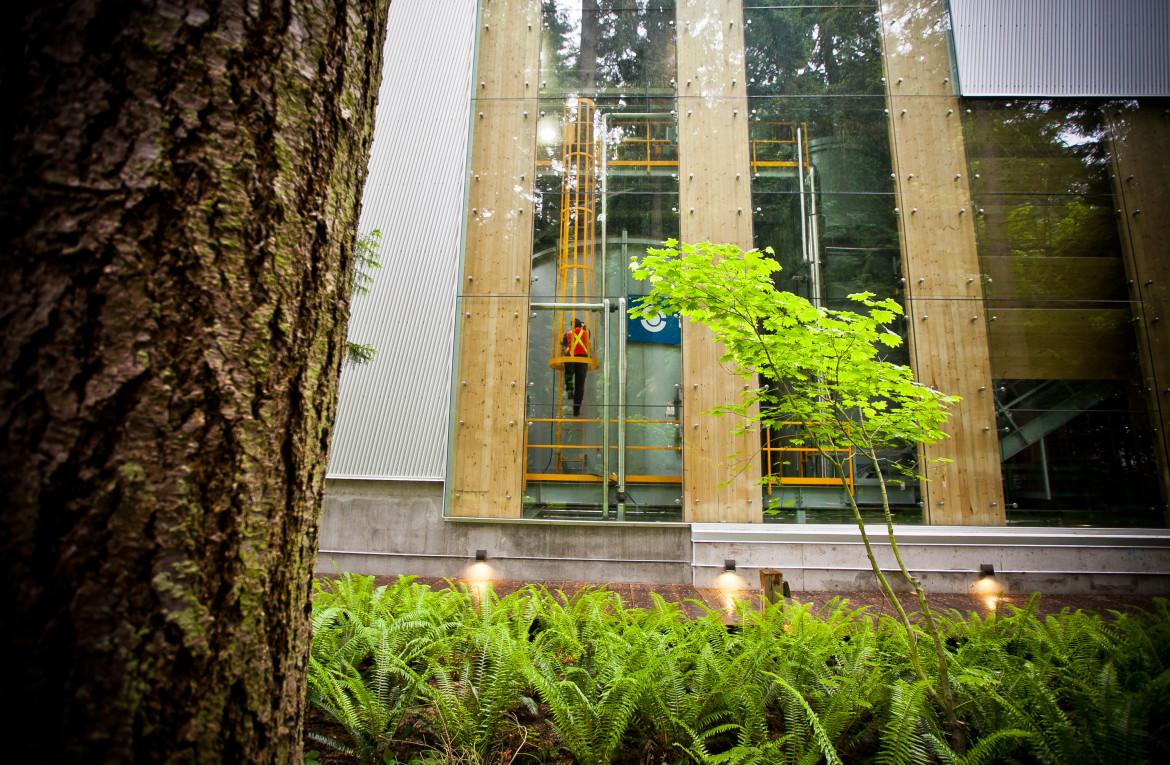#HomeSweetPDX Blog Post
Our staff is documenting the effects on Portland’s homebuyers market as investors buy thousands of…
Our staff is documenting the effects on Portland’s homebuyers market as investors buy thousands of…


Nestled into a seaside forest on the University of British Columbia’s lands, amid a carpet of sword ferns and salal, sits a gleaming industrial facility that’s been hailed as a significant step toward a carbon-neutral future for B.C., Canada and even the world.
The wood-gas fired plant just off Marine Drive in Vancouver, the university boasts, “will reduce UBC’s natural gas consumption by 12 per cent and campus greenhouse gas emissions by nine per cent (5,000 tonnes), the equivalent of taking 1,000 cars off the road.”
“It’s very exciting,” said Brent Sauder, UBC’s director of strategic partnerships, who helped shape plans for the plant. “It’s not a research activity — it’s a mission.”
The third installment in our trilogy of fish stories by Lee van der Voo appears in the Dec. 9 issue of High Country News.
KAKE, ALASKA — Henrich Kadake remembers when halibut was king in this mostly Native outpost on the remote coast of Kupreanof Island, a hundred miles south of Juneau. As he pilots his truck through the cluster of old wooden buildings on a rainy spring day, he points out the fish hatchery and the Kake Cannery complex, constructed from 1912 to 1940, now a national historic landmark. One of the world’s most famous totem poles – taller than a 10-story building – stands on a bluff; it was carved in 1967 for the Alaska Purchase Centennial, then installed here after being displayed at the 1970 World’s Fair in Japan.
The natural features that made this a good place for the Kake Tribe of Tlingit Indians to begin settling here in 1891 – including six salmon-bearing streams and marine habitat for halibut, clams and crab – are still present. But as Kadake knows all too well, in recent years, Kake has become a place that people leave.
Fishing has historically been the chief employer, but a federal program that was supposed to help preserve and enhance the local fishing economy has instead helped cause a severe decline. Over the last five years, the village’s population has dropped by half, to 500, as people leave to seek work elsewhere. School enrollment slid from 210 to 97. The exodus has included six of Kadake’s sisters, several of his children, his grandchildren and friends.
“That’s the hardest time I ever had in my life – watching my own family move out of town,” says Kadake, who was born here in 1944 and is now the hoodie-clad mayor as well as a board member of the tribal corporation, which is separate from the town’s government.